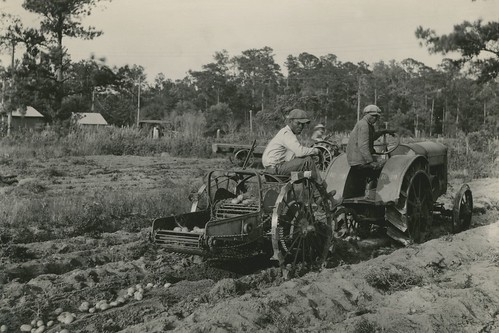
Note: Collective Courage: A History of African American Cooperative Economic Thought and Practice, was published this year by Penn State University Press (www.psupress.org). The following is one in a series of blogs being posted in observance of National Cooperative Month in October.
Scholars of cooperative topics are praising Collective Courage: A History of African-American Cooperative Economic Thought and Practice, by Jessica Gordon-Nembhard, a faculty member at John Jay College, City University of New York. The book has been called “the most complete history to date of the cooperative economic struggles of African Americans.”
The author reminds readers that large proportions of the African-American community have had to struggle with familial, social, political and economic difficulties due to a history of enslavement, racial segregation, discrimination and violence. This experience has resulted in solidarity within the African-American community and helped facilitate social-action organizations.
Part I of the text, Early African American Cooperative Roots, details some of the earliest organizing efforts that took shape as relief and community-support groups. These organizations included The Northhampton Association of Education and Industry, The Nashoba Commune, The Combahee River Colony and The Ex-Slave Relief, Bounty and Pension Association.
Later efforts were driven by black populist movements and were relatively more focused on economic objectives (though not exclusively so). These efforts resulted in the formation of The Cooperative Workers of America, The Colored Farmers’ National Alliance and the Co-operative Union. Some co-op organizations were designed to address problems of health care, child development, education and burial, as well as investment, employment and profoundly important “freedom” issues.
Later developments included creation of such complex organizations as federations, mutual insurance companies and minority-owned banks. All of these entities revolved around the pooling of resources and channeling collective action. Memberships tended to be inclusive and could count farmers, landholders, sharecroppers, day-laborers, domestic workers, small business owners, professionals and unemployed people among their members. Some of these co-ops were racially integrated, others were not.
Gordon-Nembhard documents that in addition to jobs, wages and services, secondary and tertiary benefits of co-ops include: (1) asset-building opportunities; (2) re-spending at local businesses; (3) increases in local wealth; (4) training and education of members and consumers; (5) greater civic participation and (6) socially just community change.
Gordon-Nembhard concludes the book by saying she has endeavored to demonstrate the “feasibility of fashioning financial redevelopment, both urban and rural, around…egalitarian strategies for democratic ownership and control of productive resources.”
The book has been aptly titled, Collective Courage. The history of African-American cooperative practice clearly demonstrates how a group of oppressed people, in the face of pain and grief, persisted relentlessly to provide themselves economic independence and political freedom. Their experience provides a business model – and lessons of development, inclusion and diversity – that can benefit us all.
